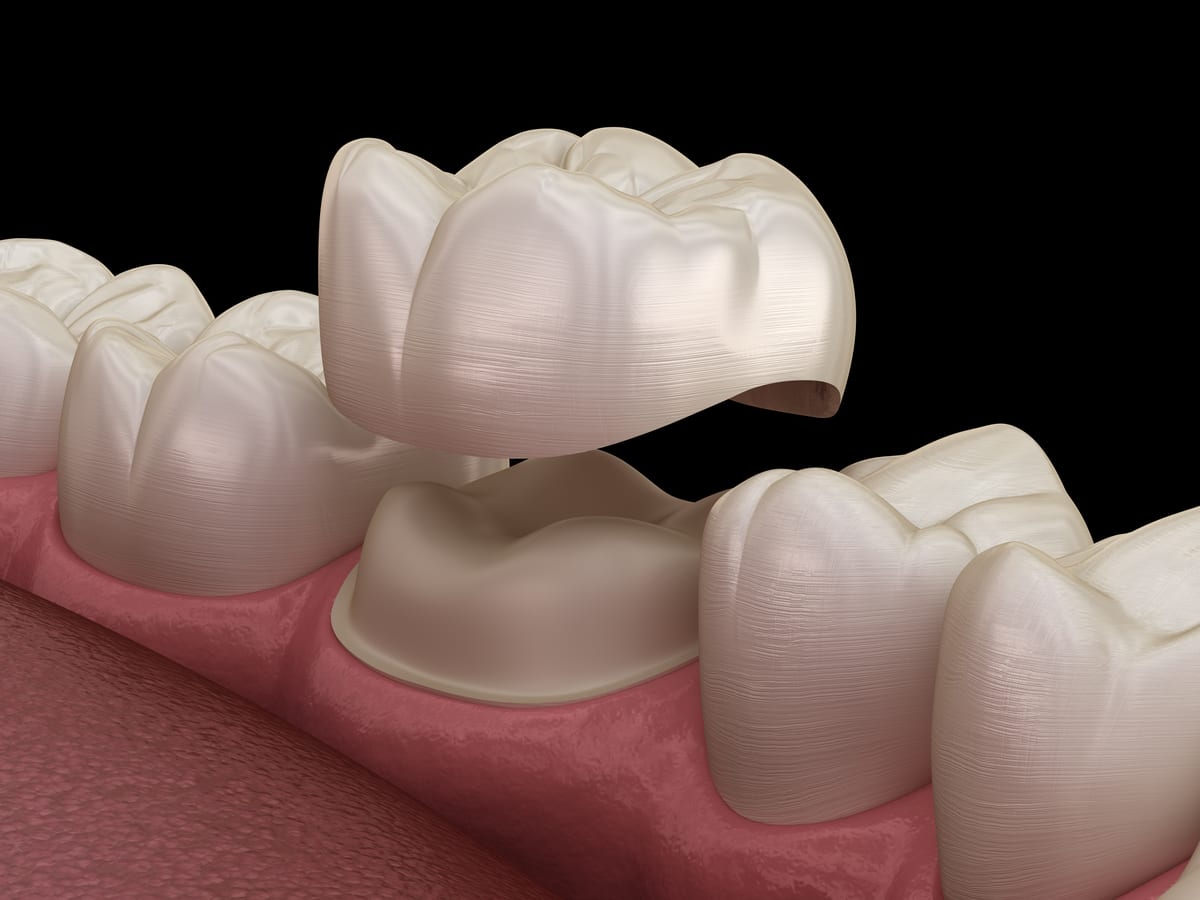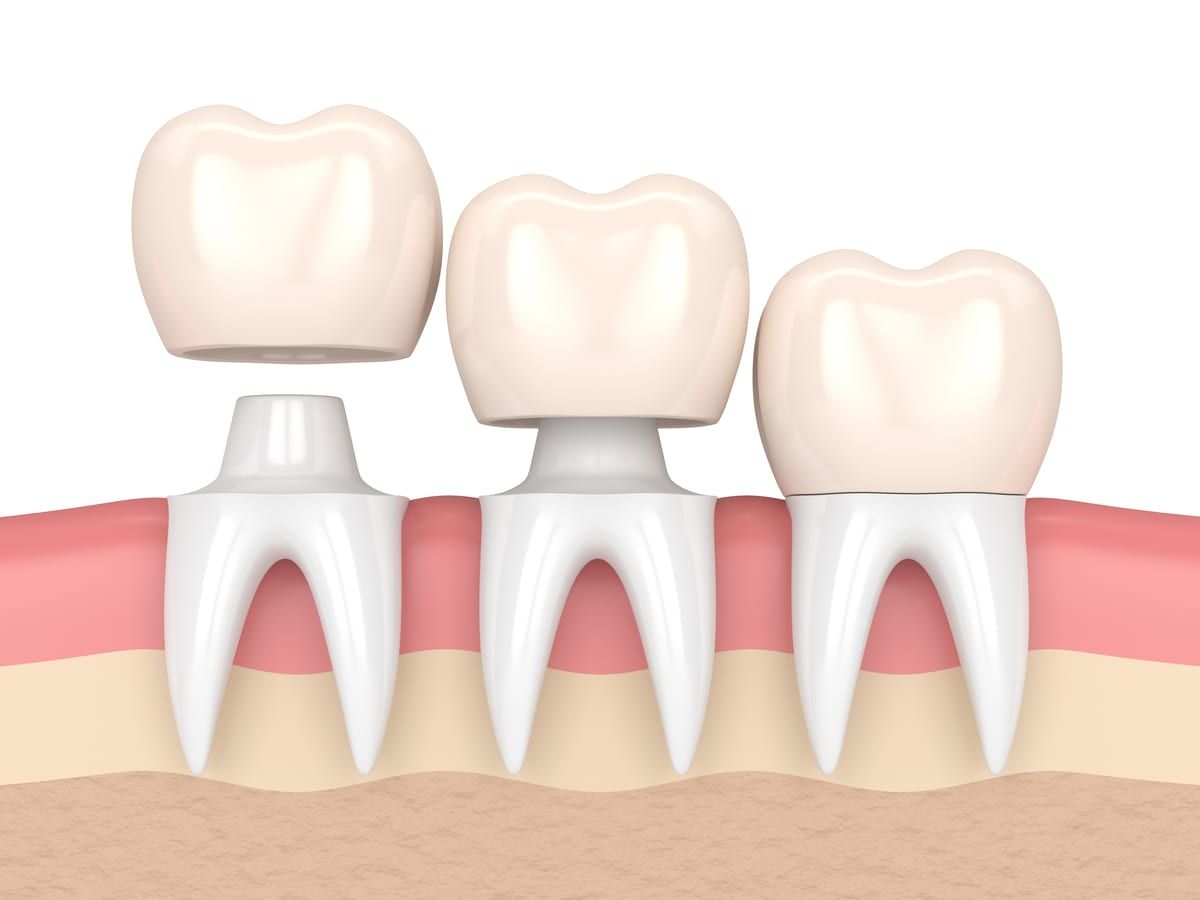Crowns are one of the most common forms of dental restoration in use in dentistry today, just after fillings. A crown is used when the top of a tooth needs to be restored to restore function and strength to the tooth. Once secured into place, they cover all visible surfaces of a tooth above the gum line. Millions of patients every year benefit from crown placement as part of the dental restoration process.
Why Are Dental Crowns Needed?
There are multiple reasons why a crown may be needed in both adults and children. In adults, the most common reasons for getting a dental filling are:
- Restoring a worn or broken tooth.
- Supporting a tooth that is nearly gone and has a large filling.
- Protecting a tooth that is weak or cracked and needs repair.
- Securing dental bridges.
- Improving the aesthetic appearance of discolored or misshapen teeth.
- Covering a dental implant.
- Cosmetic enhancement or alteration.
There are circumstances that require baby teeth to receive crowns due to the role that they play in the development of speech and adult teeth. The most common reasons children need a filling include:
- Saving a tooth that is unable to be repaired by a filling due to excessive decay.
- Providing security against tooth decay for children who are unable to keep up with daily oral hygiene.
- Decrease the need for general anesthesia in children with complex medical histories, behaviors, or who are very young.
As a cost-saving measure, children will often be fitted with a stainless steel crown.

What Are The Different Types of Dental Crowns?
There are five different forms of dental crowns that are commonly used in cosmetic and restoration dentistry. These five types include:
- Stainless Steel: These crowns are prefabricated and used as a temporary cover on permanent teeth as protection until the permanent crown is completed. Children will often receive these crowns due to their low cost and the transient nature of their teeth, and their ability to be placed in a single visit.
- Metals: A variety of metals are used for permanent crowns, including nickel-chromium, cobalt-chromium, gold, and platinum. These crowns have the greatest durability against wear but are higher in cost than other varieties of crowns.
- Porcelain-Fused-To-Metal: These crowns come with the durability afforded by metal crowns, but are more aesthetically pleasing. While the porcelain surface of the crown can chip off if not properly cared for. They’re an excellent choice for locations that require extra strength, such as long bridges.
- All-Resin: These crowns are significantly cheaper than those made from other materials, but are more likely to fracture or crack.
- All-Ceramic or All-Porcelain: These crowns provide superior aesthetic quality to crowns made of any other materials, and are safe for those patients with allergies to metals. They are suitable for use in back and front teeth alike.
How Is A Tooth Prepared For A Crown?
Having a crown placed is typically a multi-visit procedure that starts with a typical examination. During this visit, the patient will receive any necessary x-rays to ensure that the roots of the target tooth are in good condition. If all is well, then the patient can begin preparing for their crown. If infections or other concerns are found, a root canal may be necessary first. The area surrounding the tooth will be anesthetized so the tooth can be reshaped. If the tooth is sufficiently damaged, the filling material may be used to reinforce the remaining tooth. A mold is taken of the modified tooth and sent to a lab where the crown will be made. The second visit will see the crown fitted onto the tooth or teeth prepared to receive it.
You can call our office today for a consultation to see if dental crowns are suitable for your oral health needs.


